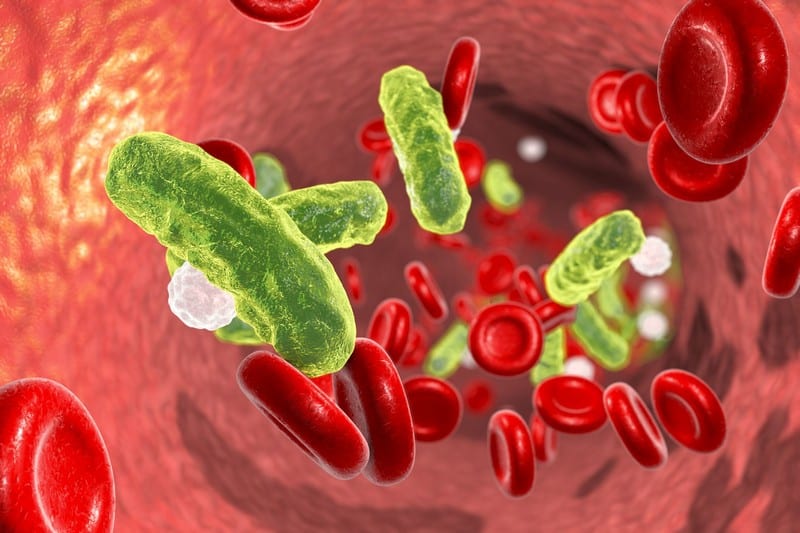Sepsis

Sepsis is a life-threatening condition when the body’s response to an infection overreacts and injures one’s tissues and organs. Usually, sepsis is caused by bacterial infections, but it can also be caused by viral, fungal, or parasitic infections.
Sepsis can lead to low anion gap metabolic acidosis because of increased lactic acid production. Lactic acid is produced when the body lacks oxygen to produce energy aerobically. When this happens, the body produces energy anaerobically, which produces lactic acid. Therefore, the lactic acid build-up can cause a decrease in blood pH, leading to low anion gap metabolic acidosis.
The other symptoms associated with sepsis vary depending on its severity, but they can include fever, increased heart rate, respiratory rate, and mental changes such as confusion or disorientation.
Sepsis can be managed with early diagnosis and treatment. Treatment for sepsis typically includes antibiotics and intravenous fluids. In some cases, oxygen therapy may also be necessary. In severe cases of sepsis, hospitalization may be required so the patient can be closely monitored and treated with IV antibiotics and fluids. If sepsis is left untreated, it can result in organ damage and failure and be fatal.










